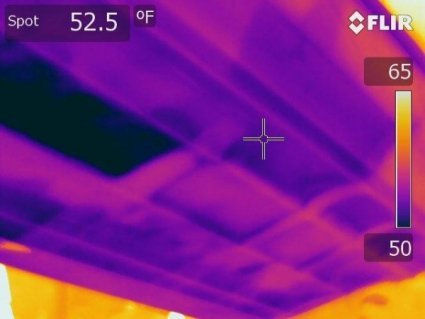Infrared Inspection avoids costly destructive testing, as well as reassure all parties involved, that all damages have been identified. No longer do we need to start with ‘cutting holes’. Infrared imagery can provide photographic evidence as to the extent of damages. Utilizing one of the highest resolution imagers available by FLIR Technologies, Michael can identify the smallest of anomalies easily as compared to the imagers utilized by many of the competitors using imagers with much less resolution.
Glass fiber composite materials have been used for many years in the construction of pleasure, cruising, and racing marine vessels. These vessels have demonstrated excellent performance characteristics and have been reliable in service. Even so, as with all material systems, they are subject to damage from accident, neglect, and abuse. Traditional nondestructive inspection approaches are not always fully effective for examining composite marine structures. Infrared imaging offers a particularly attractive approach for the inspection of composite material structures. Glass fiber composites frequently possess a combination of thermal properties that make them good candidates for infrared thermographic evaluation while other nondestructive evaluation approaches provide limited success. Infrared thermography combines the advantages of being nondestructive with the capability of rapidly inspecting wide surface areas.
Using infrared thermography we are able to accurately map the extent of damage to the hull so that the repair approach can be planned.
Infrared thermography offers sensitive, fast, large area, and non-contact inspection.

